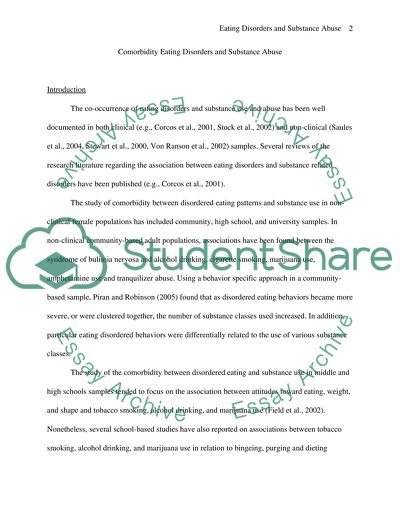Cite this document
(“Comorbidity Eating Disorders and Substance Abuse Essay”, n.d.)
Comorbidity Eating Disorders and Substance Abuse Essay. Retrieved from https://studentshare.org/miscellaneous/1518417-comorbidity-eating-disorders-and-substance-abuse
Comorbidity Eating Disorders and Substance Abuse Essay. Retrieved from https://studentshare.org/miscellaneous/1518417-comorbidity-eating-disorders-and-substance-abuse
(Comorbidity Eating Disorders and Substance Abuse Essay)
Comorbidity Eating Disorders and Substance Abuse Essay. https://studentshare.org/miscellaneous/1518417-comorbidity-eating-disorders-and-substance-abuse.
Comorbidity Eating Disorders and Substance Abuse Essay. https://studentshare.org/miscellaneous/1518417-comorbidity-eating-disorders-and-substance-abuse.
“Comorbidity Eating Disorders and Substance Abuse Essay”, n.d. https://studentshare.org/miscellaneous/1518417-comorbidity-eating-disorders-and-substance-abuse.


